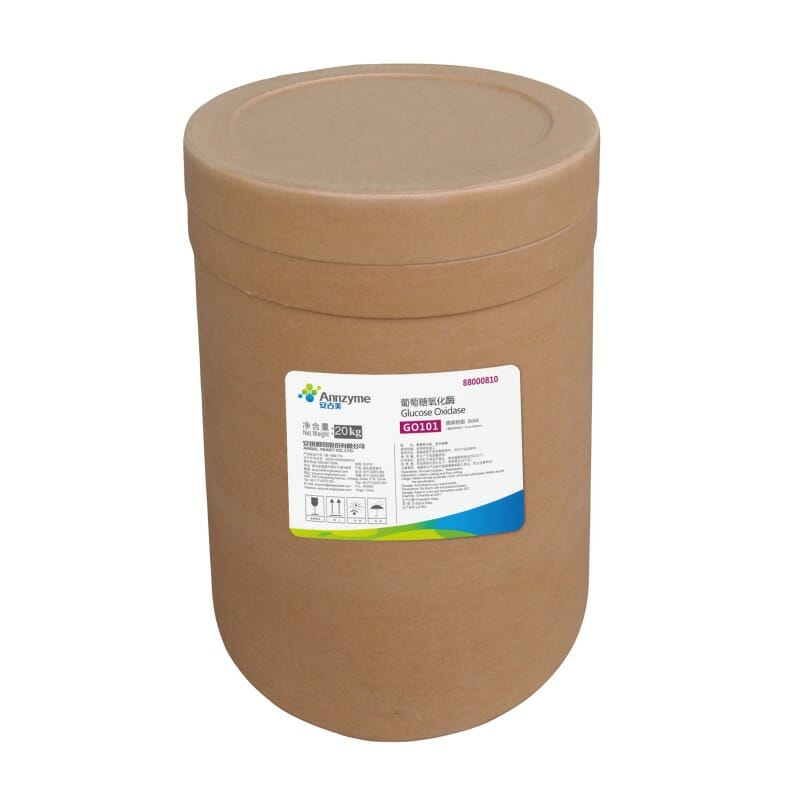SPOILER ALERT!
Aldolase
Outten CE, O'Halloran TV. Femtomolar sensitivity of metalloregulatory proteins controlling zinc homeostasis. Kirby T, Blum J, Kahane I, Fridovich I. Distinguishing between Mn-containing and Fe-containing superoxide dismutases in crude extracts of cells. Eberz G, Eitinger T, Friedrich B. Genetic determinants of a nickel-particular transport system are part of the plasmid-encoded hydrogenase gene cluster in Alcaligenes eutrophus.
This protein is concerned in step four of the subpathway that synthesizes D-glyceraldehyde three-phosphate and glycerone phosphate from D-glucose. Wang S, Wu Y, Outten FW. Fur and the novel regulator YqjI management transcription of the ferric reductase gene yqjH in Escherichia coli.

It is subsequently potential that this phenolate exists until Neu5Ac release allows its reprotonation by solvent. "The first identification of lysine malonylation substrates and its regulatory enzyme."
Coordinates and restraint library files for the lysine residue covalently bound to a pyruvoyl moiety were as previously described.6 Those for the Neu5Ac covalently certain to lysine and for ManNAc were generated using the PRODRG server. A number of fashions for the subunit C lively web site were examined to be able to establish that which best match the observed electron density. The ultimate models were validated using the PDB validation server.
The enamine type of pyruvate, in Schiff-base complex with Lys165, specifically attacks the si face of the ManNAc aldehyde to form Neu5Ac. The increasing electron density across the ManNAc aldehyde oxygen is stabilized by hydrogen bonds from the Thr167 and Tyr137 hydroxyls. Once the carbon–carbon bond is formed, the ManNAc aldehyde oxygen is protonated by the Tyr137 hydroxyl group. The resulting Tyr137 phenolate is stabilized by a hydrogen bond donated from the Ser47 hydroxyl, which can in turn be supported by a hydrogen donated to the Ser Oγ from the Tyr110′ hydroxyl. The QM/MM energies indicate that this Neu5Ac Schiff base intermediate with a Tyr137 phenolate is sort of steady.
After 1 h publicity, cells were washed twice with ice-chilly 50 mM Tris/1 mM EDTA, pH 7.5, and as soon as with ice-cold 50 mM Tris, pH 7.5. Cells have been sonicated and the cell particles was eliminated by centrifugation at 6000 g for 10 min, four °C. Mutations had been launched into strains by P1 transduction and chosen with the appropriate antibiotic. To assemble the pLEM1 plasmid, the fbaA open reading body was PCR-amplified from E. The PCR product was digested with EcoRI and SacI, then cloned into pWKS30 behind the lac promoter.
To determine https://enzymes.bio/ , cultures had been grown aerobically at 37 °C in M9 glucose or glycerol medium. At an OD600 of 0.1, cultures have been cut up and handled with zero µM or 8 µM Ni.
This protein is concerned in step four of the subpathway that synthesizes D-glyceraldehyde three-phosphate and glycerone phosphate from D-glucose. Wang S, Wu Y, Outten FW. Fur and the novel regulator YqjI management transcription of the ferric reductase gene yqjH in Escherichia coli.

It is subsequently potential that this phenolate exists until Neu5Ac release allows its reprotonation by solvent. "The first identification of lysine malonylation substrates and its regulatory enzyme."
Coordinates and restraint library files for the lysine residue covalently bound to a pyruvoyl moiety were as previously described.6 Those for the Neu5Ac covalently certain to lysine and for ManNAc were generated using the PRODRG server. A number of fashions for the subunit C lively web site were examined to be able to establish that which best match the observed electron density. The ultimate models were validated using the PDB validation server.
The enamine type of pyruvate, in Schiff-base complex with Lys165, specifically attacks the si face of the ManNAc aldehyde to form Neu5Ac. The increasing electron density across the ManNAc aldehyde oxygen is stabilized by hydrogen bonds from the Thr167 and Tyr137 hydroxyls. Once the carbon–carbon bond is formed, the ManNAc aldehyde oxygen is protonated by the Tyr137 hydroxyl group. The resulting Tyr137 phenolate is stabilized by a hydrogen bond donated from the Ser47 hydroxyl, which can in turn be supported by a hydrogen donated to the Ser Oγ from the Tyr110′ hydroxyl. The QM/MM energies indicate that this Neu5Ac Schiff base intermediate with a Tyr137 phenolate is sort of steady.
After 1 h publicity, cells were washed twice with ice-chilly 50 mM Tris/1 mM EDTA, pH 7.5, and as soon as with ice-cold 50 mM Tris, pH 7.5. Cells have been sonicated and the cell particles was eliminated by centrifugation at 6000 g for 10 min, four °C. Mutations had been launched into strains by P1 transduction and chosen with the appropriate antibiotic. To assemble the pLEM1 plasmid, the fbaA open reading body was PCR-amplified from E. The PCR product was digested with EcoRI and SacI, then cloned into pWKS30 behind the lac promoter.
To determine https://enzymes.bio/ , cultures had been grown aerobically at 37 °C in M9 glucose or glycerol medium. At an OD600 of 0.1, cultures have been cut up and handled with zero µM or 8 µM Ni.
